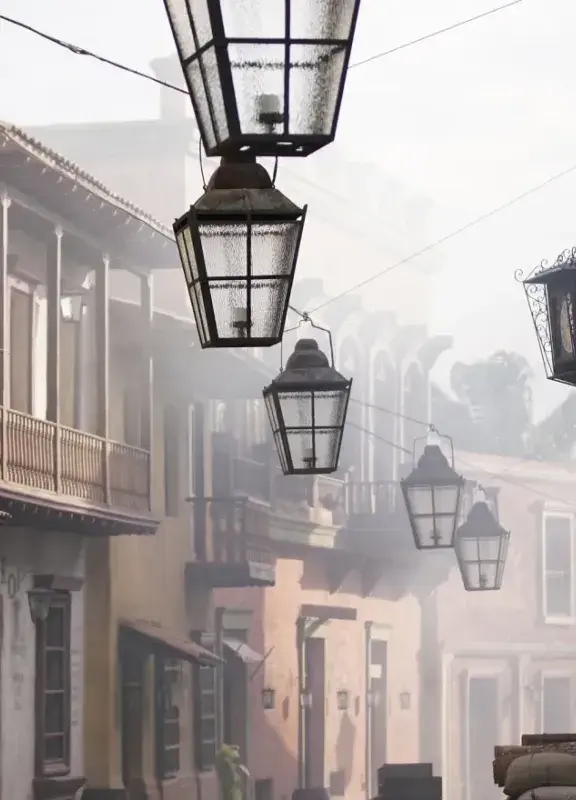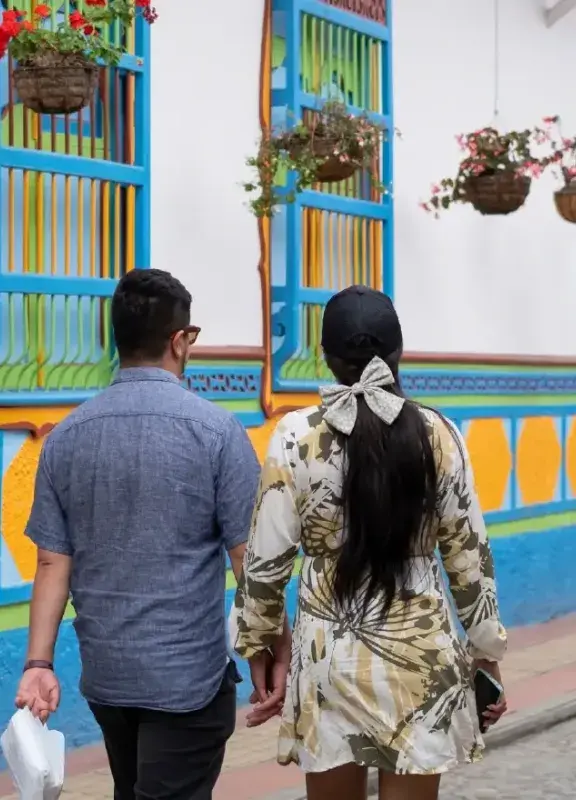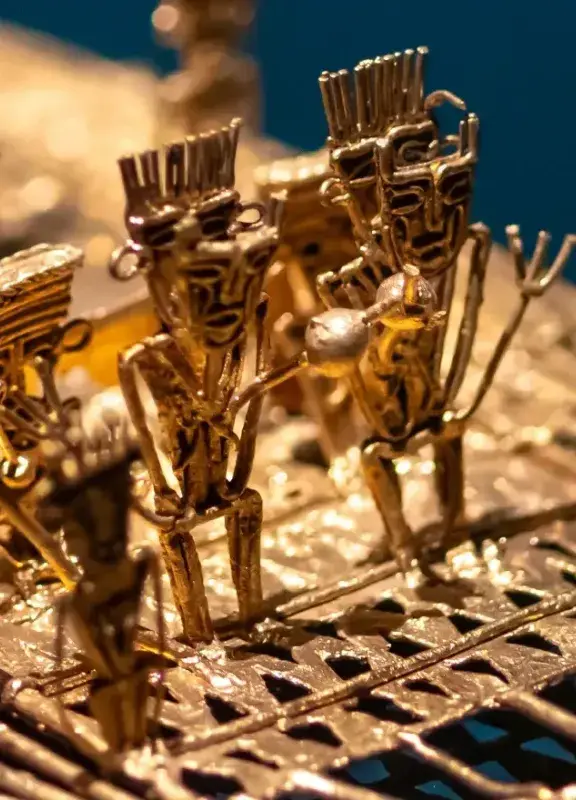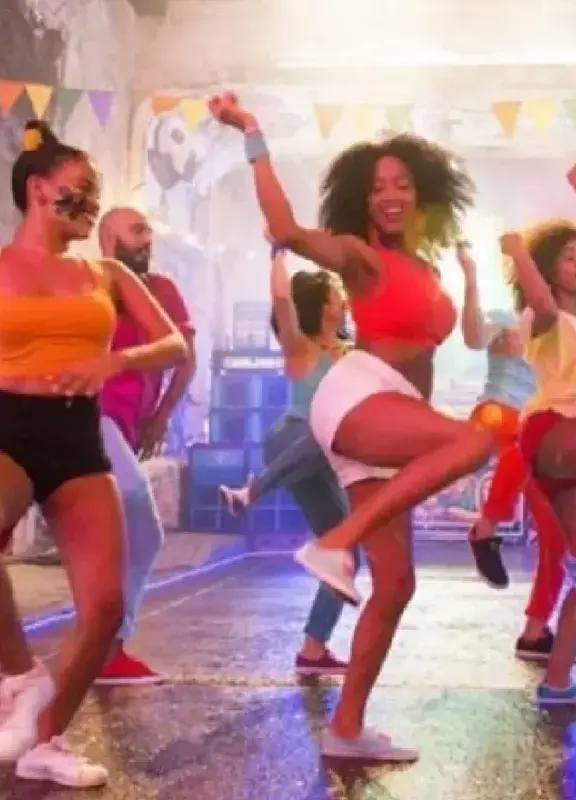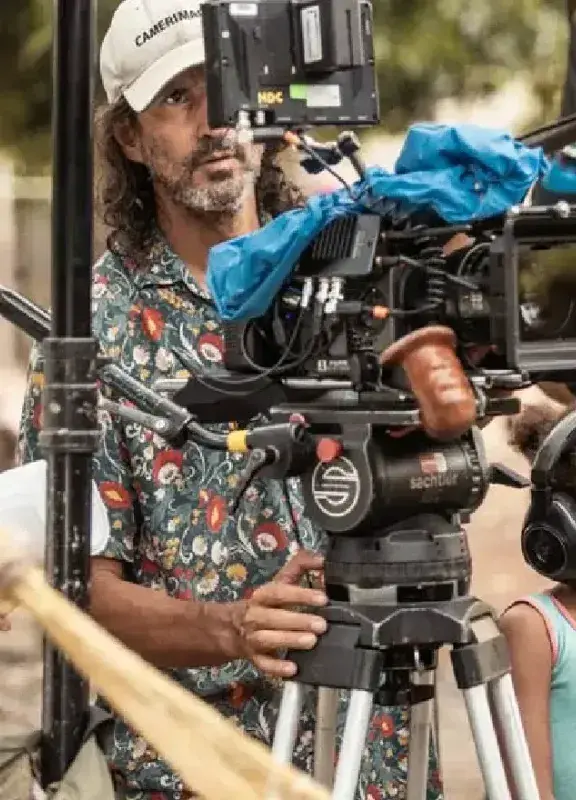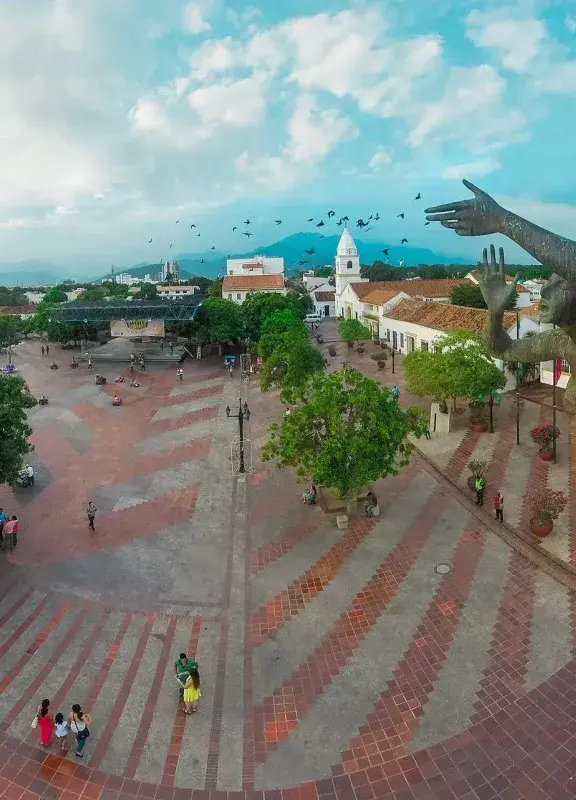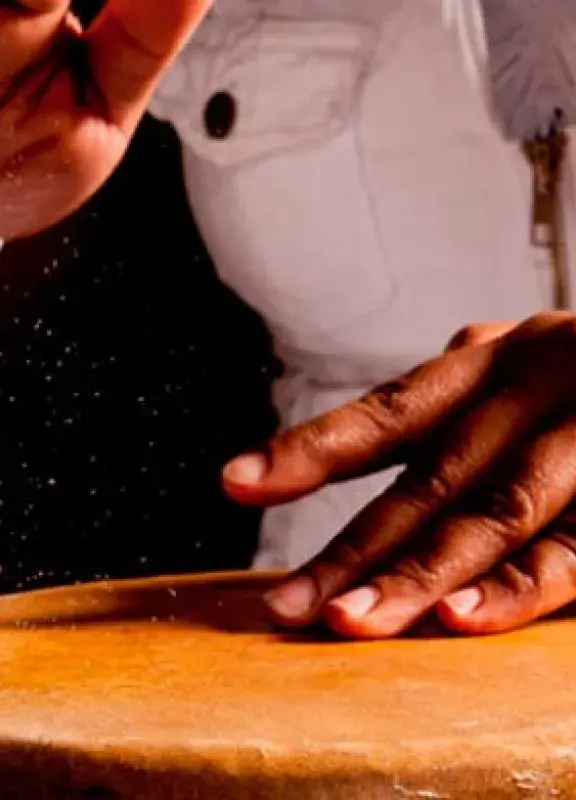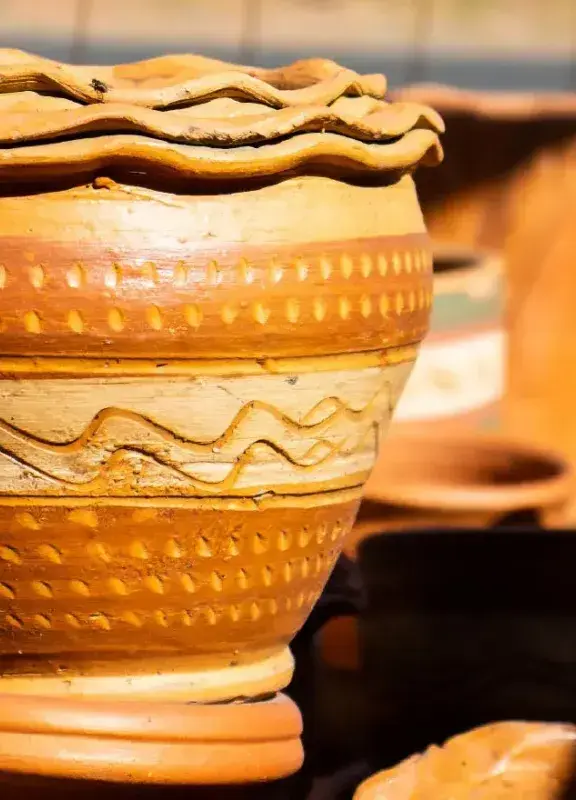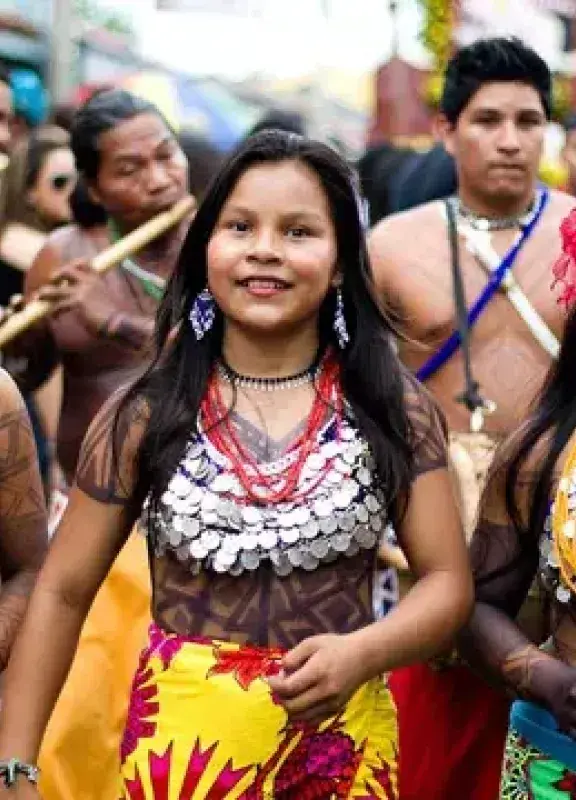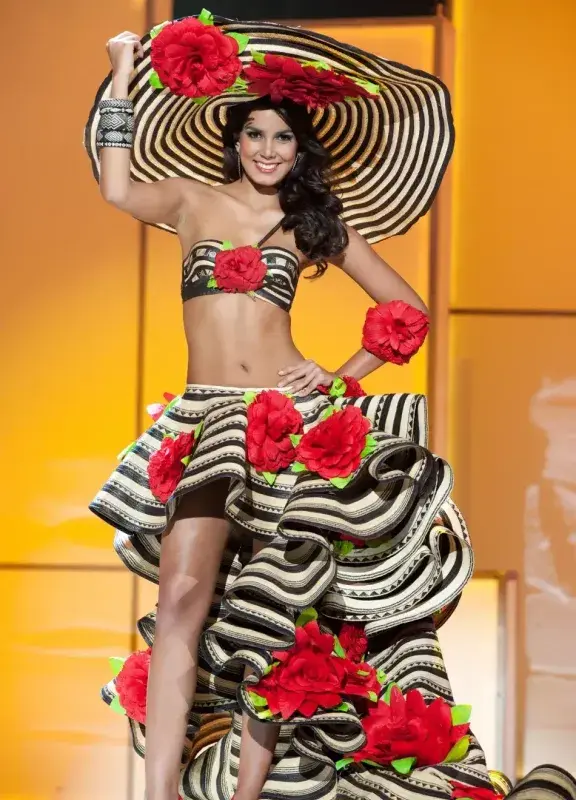Colombian carranga: songs that tell stories
Carranga music with its vibrant lyrics and unique instruments tells stories of the Colombian countryside. Come and discover its essence in this article!
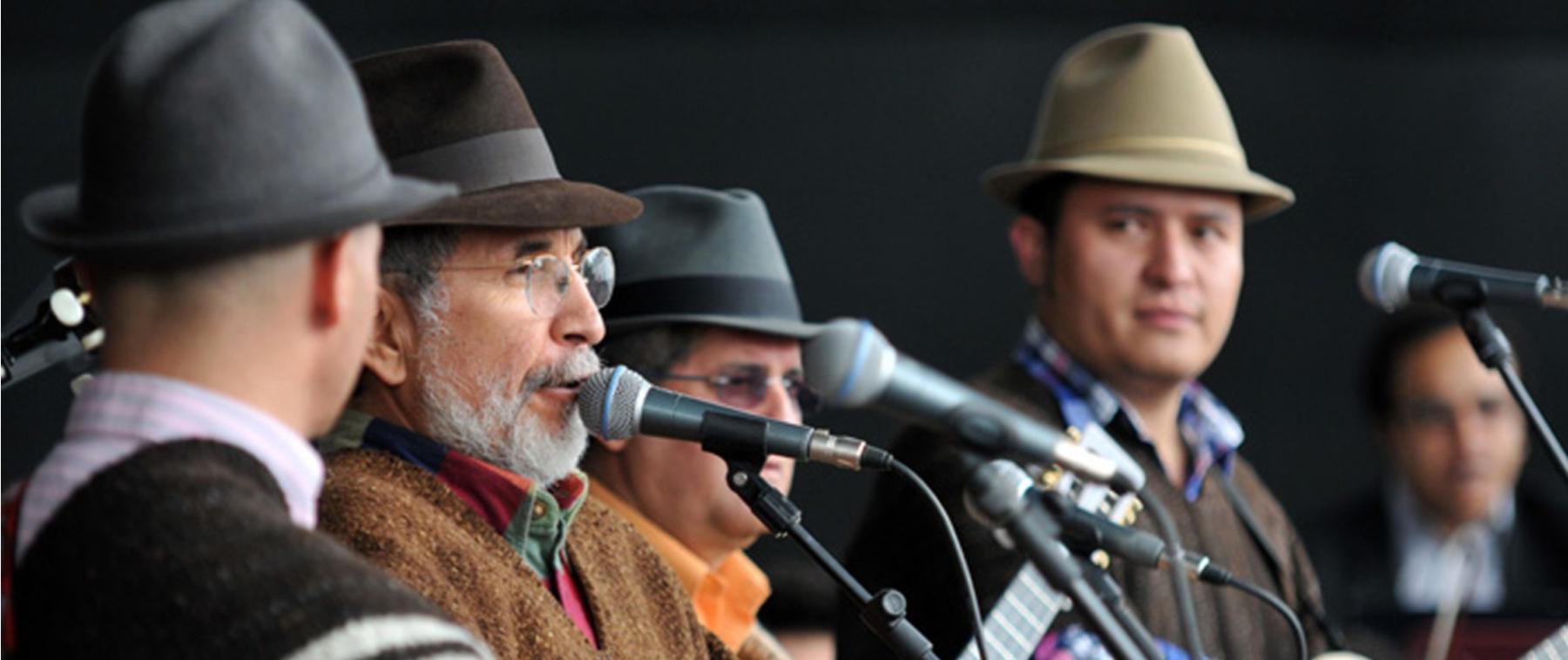
Carranga music is a native Colombian genre and a rich cultural expression that has endured through generations. It was born in Boyacá, drawing on indigenous, Afro-Colombian, and Spanish traditions, blending local melodies. Within its chords echo stories of Colombian peasants, popular festivities, and a rural identity that remains intact over time.
In this article, we invite you to explore the origins of carranga music, its main characteristics, the instruments that define it, and its close relationship with the rural culture of the country of beauty. Dive into the rich sound of its chords and discover how this genre has connected generations with their Colombian roots and musical heritage.
You may be interested in: Colombian music, a showcase of more than 1,000 rhythms
Exploring the history of carranga music
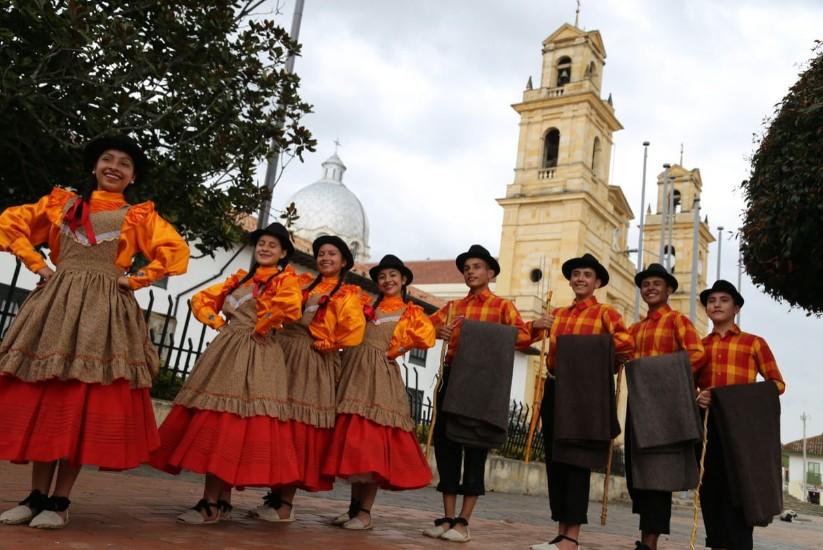
Carranga music emerged in the 1970s in the department of Boyacá, as a fusion of torbellinos, guabinas, bambucos, boleros, and rumba criolla. It was then that composer and musician Jorge Veloza (a pioneer of carranga), wearing his hat, ruana, and guaracha, founded the group Los Carrangueros de Ráquira. This moment marked the beginning of a genre that, although born in the region, expanded and established itself as a reference in Colombian music.
The musical roots of carranga come from the combination of the peasant merengue of the Cundiboyacense high plateau, the bambuco, and the torbellino. Its sounds tell stories that reflect the authenticity and life of the Colombian countryside. It is a playful, humorous genre that sings about the experiences of rural culture and the deepest feelings of the community.
Unparalleled rhythms and sounds
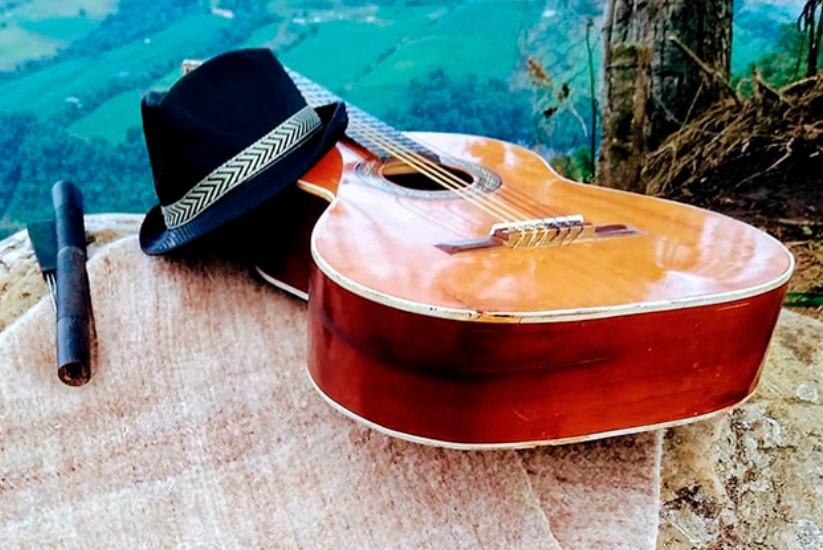
Carranga is performed with instruments such as the guitar, the Colombian tiple, the requinto, and the guacharaca, accompanied by lead vocals and choruses. This genre has been embraced by farmers and residents of the Cundiboyacense high plateau, becoming a cultural manifestation and an authentic expression of the community.
Over the years, Jorge Veloza, recognized as one of the main exponents and initiators of carranga music, and his group Los Carrangueros de Ráquira, have created numerous Colombian music songs that remain in Colombians’ collective memory, inviting everyone to dance to tracks like “La Cucharita,” “Las Diabluras,” “Julia, Julia, Julia,” or “La China que yo tenía.” Classics that will never go out of style.
In addition, Los Carrangueros de Ráquira made history by being the first Colombians to perform at Madison Square Garden, taking carranga music beyond national borders and demonstrating its international potential while proudly wearing the traditional Colombian ruana.
What does carranga sing about?
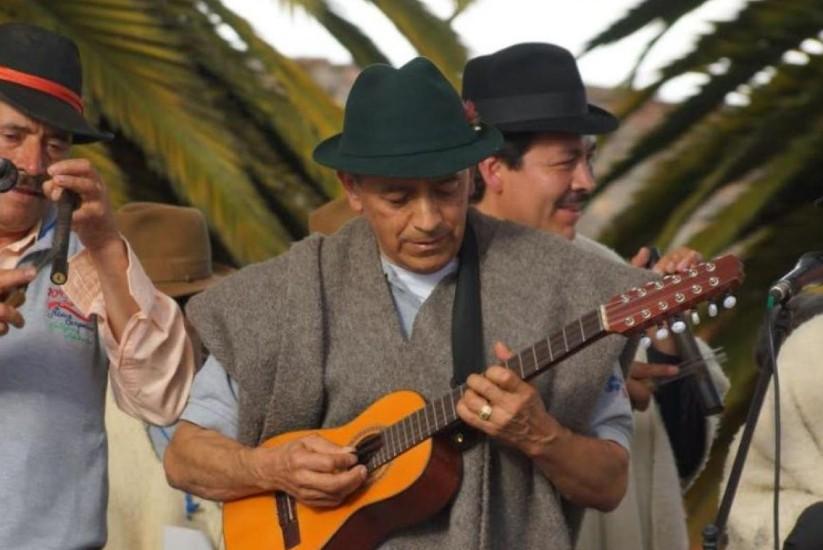
Peasant love: Love is a central theme in many carranga songs, reflected simply and directly. Peasant love is present in verses like “por un amor campesino cruzo el valle y la montaña” (“for a peasant love, I cross the valley and the mountain”) or “por eso la quiero tanto, y hasta su vereda voy yo a buscarla” (“that’s why I love her so much, I even go to her path to find her”), where passion for the beloved is expressed, often with a touch of tenderness. These songs tell stories of flirting, courtship, and mischief.
Festivity and celebration: Carranga music is directly associated with the joy of festivities and passing down traditions, since its verses—often improvised couplets—are sung in community: “Y le echo unas coplitas que alegran al campesino” (“And I sing some couplets that bring joy to the peasant”). These couplets also invite dancing, a natural companion to carranga music.
Education: Education is an important theme in many carranga songs. They speak of two types of education: formal, which is received at school, and informal, which involves the knowledge acquired in rural life, such as farming, herding, and, of course, music, which is passed down from generation to generation within families.
Territory: Nature plays a very important role in carranga songs, as many highlight the importance of caring for the environment. These songs reflect the strong bond that farmers have with the land, water, and their crops, showing how their lives are deeply connected to the surrounding environment. The carranga territory is formed from various places mentioned in the lyrics, such as the home, the crops, and the mountains.
A legacy of Colombian peasant culture that transcends borders
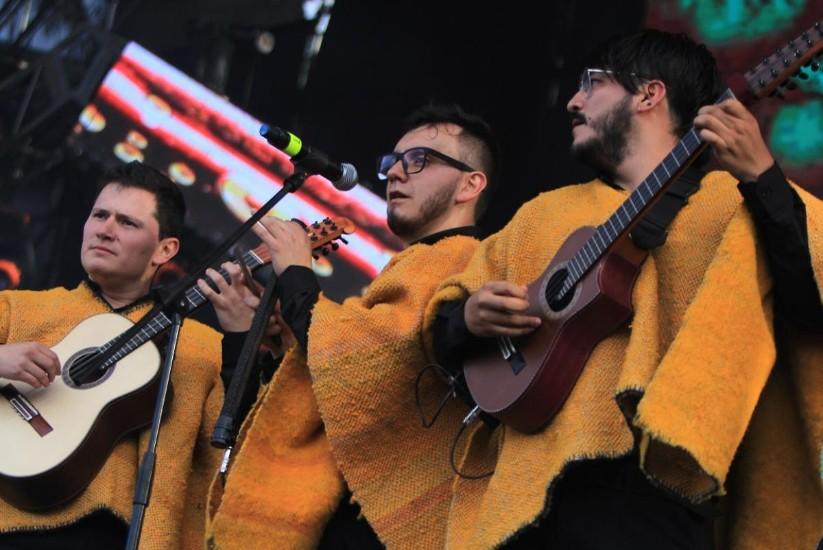
Carranga music has reflected the life and customs of the Colombian countryside. This genre offers a wide variety of rhythms and themes that, over time, also reached the cities. In this way, its messages, full of stories, have won over generations who enjoy it in different ways.
Today, it is a genre known not only in Colombia, as artists like Los Rolling Ruanas have appeared on multiple international stages, taking carranga and other Colombian sounds to different parts of the world.
Another example is the carranga hit “Coqueta” by El Heredero, a song that resonated throughout the country during the 2024 New Year celebrations. The artist has been key to the revitalization of carranga, bringing this traditional genre closer to new generations, who enjoyed its catchy rhythm as they celebrated the December holidays and welcomed 2025.
The song not only achieved great popularity, but also reached the top spots on streaming platforms and became a trending topic on social media, thanks to viral videos from content creators. This phenomenon helped to solidify carranga as one of the most relevant musical genres on the national scene.
Thus, Colombian carranga, born in the countryside, continues to cross borders, keeping its essence alive and connecting different cultures with the richness of our musical tradition.
You may be interested in: 10 facts to learn about Colombian cumbia
 Welcome, you are in
Welcome, you are in 



